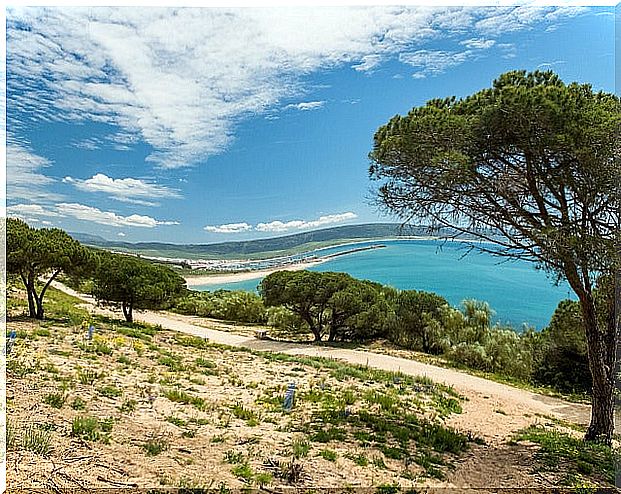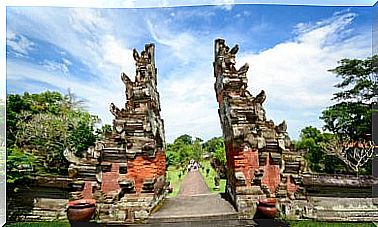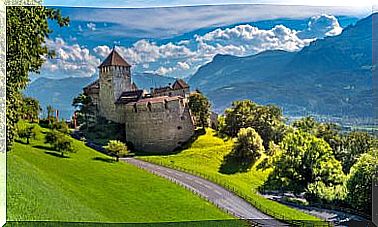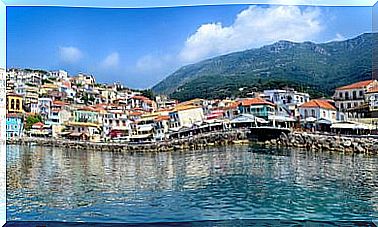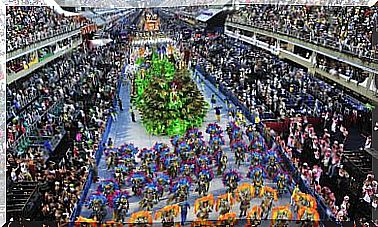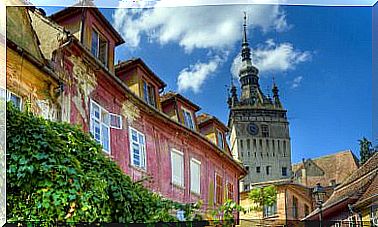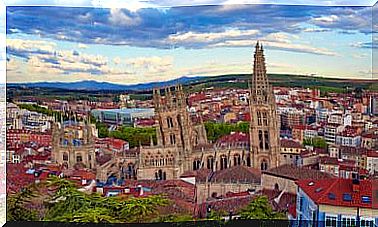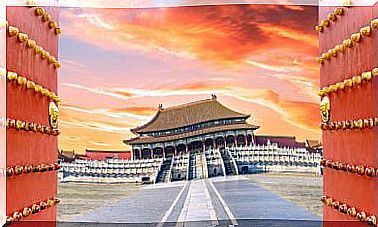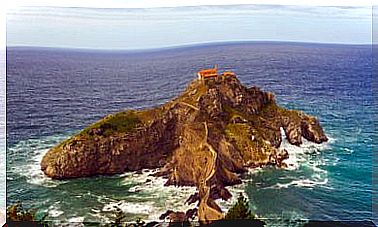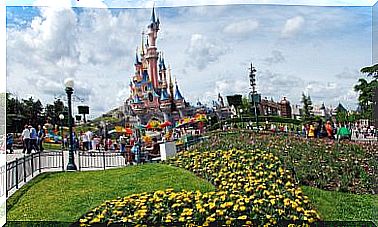The Almadraba Tuna Route In Andalusia
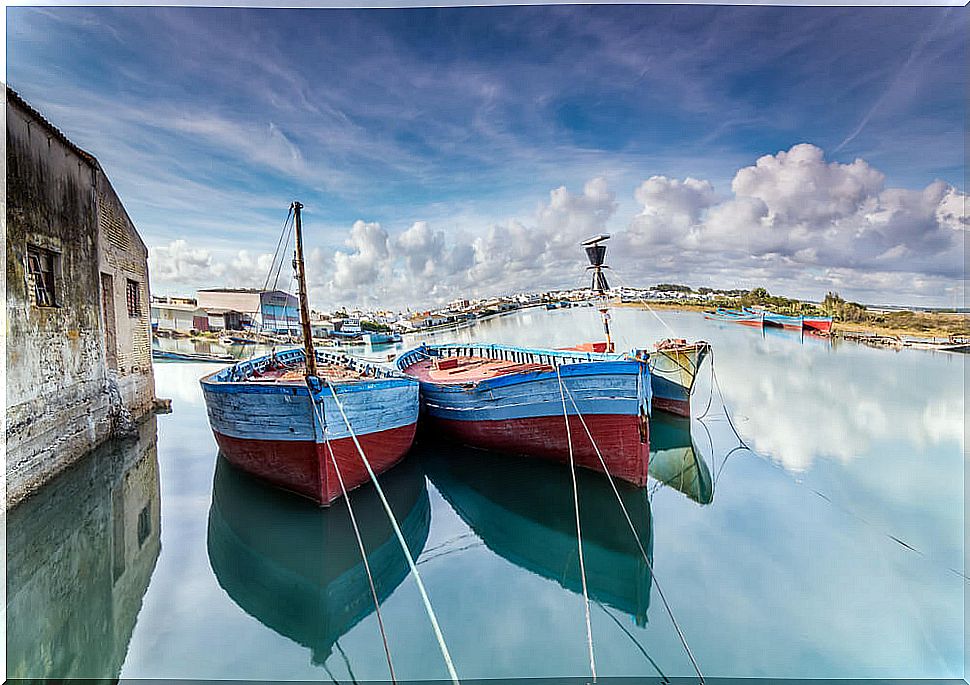
Almadraba is a fishing art that was already practiced in Spain in the Phoenician times and that today is very present in Western Andalusia. It is a fishing technique that moves around it tradition, culture, sustainable economy and tourism. Do you want to know more about this ancient fishing technique? Here we tell you everything.
What is the trap technique?
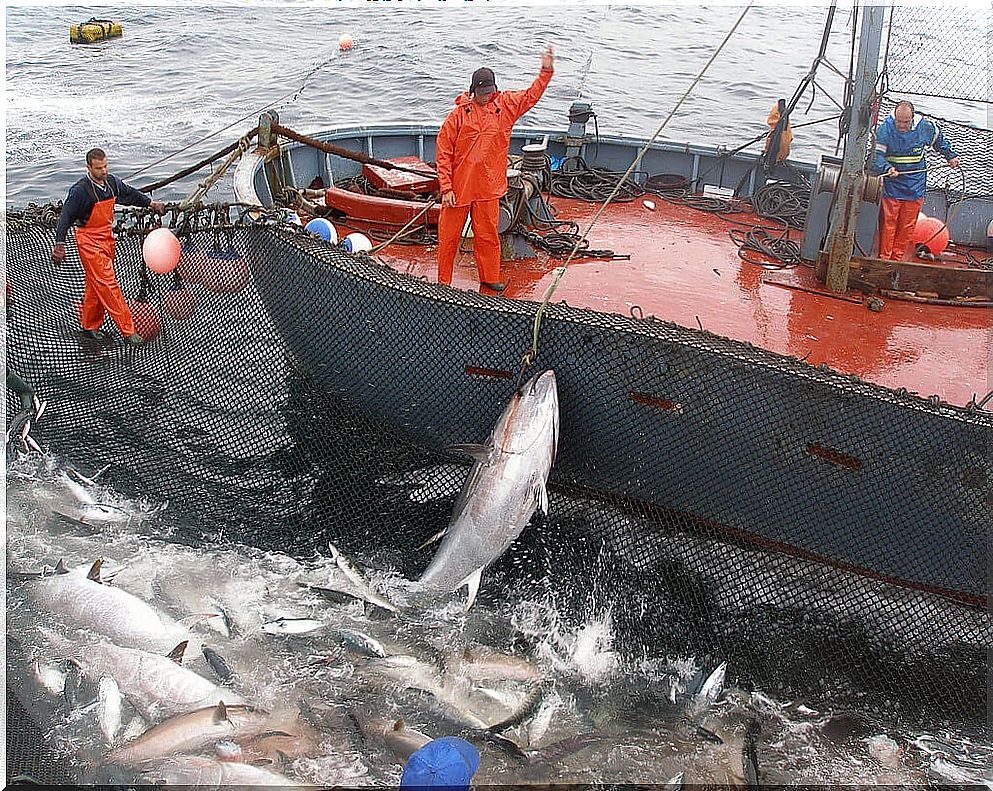
It is an ancient fishing technique used throughout the Mediterranean area. In Spain, it occurred mainly in Andalusia, especially in Cádiz, Huelva and, to a lesser extent, in Almería. Its use predates the Romans.
It takes advantage of the migration that tunas make from the Atlantic to the Mediterranean, and vice versa, to install a network of nets between several small boats. A net that is raised when there is a large number of these fish inside, a moment that is called the ‘lift’.
And although it is a technique that has fallen into decline, little by little it is recovering thanks to the creation of tourist and gastronomic routes. Its objective is to revalue this ancient tradition and its use in popular gastronomy, as well as in avant-garde cuisine.
The time of the Almadraba in Andalusia
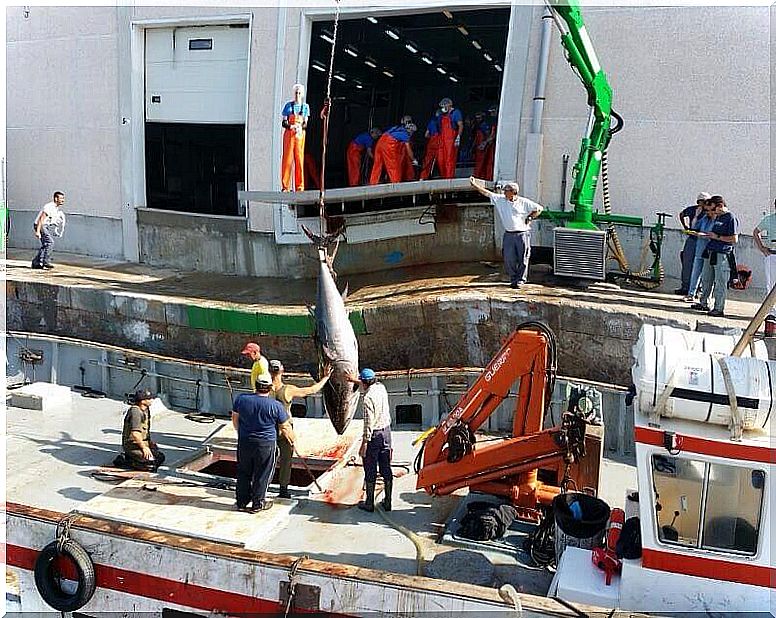
Every May, the coasts of Cádiz and Huelva are the protagonists. There the tunas come to spawn and that is when the trap technique is put into practice. It is a sustainable art of fishing that many families have lived, and continue to live on.
In addition, the trap has left the coasts full of buildings that can still be seen. And there is a Almadraba Tuna Route that can be done throughout the year, although it has its maximum splendor during the months of May and June. At that time, several towns in Western Andalusia celebrate authentic festivals with tuna as the protagonist.
The Almadraba Tuna Route
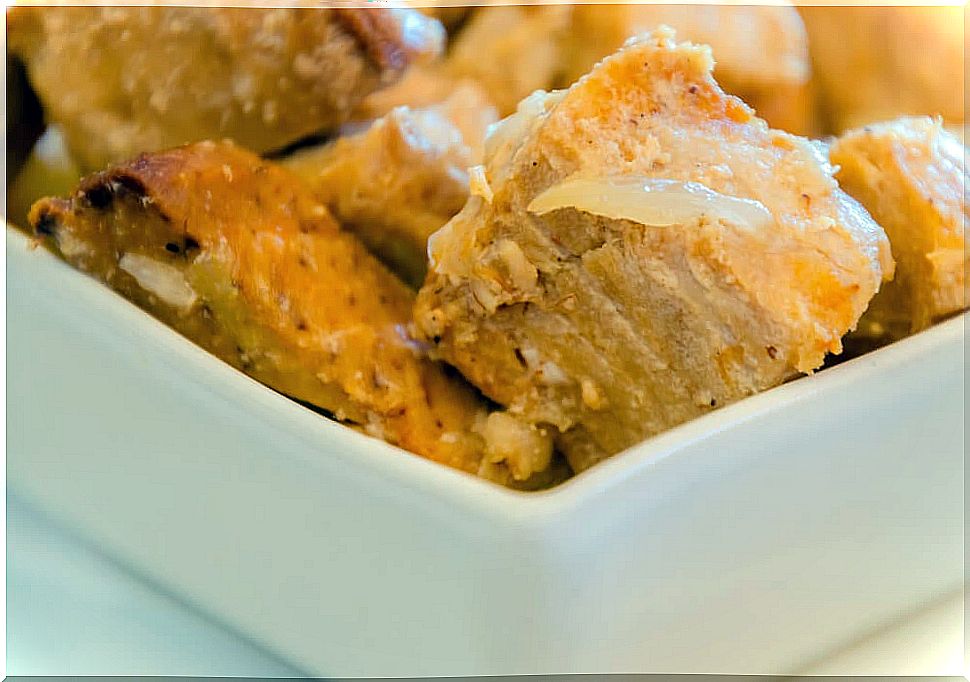
It is a route that runs through the Cadiz towns of Conil, Barbate, Zahara de los Atunes and Tarifa. As we said, to enjoy it the best months are May and June. It is then that these towns launch a whole cultural program that revolves around tuna.
Thus, we can enjoy this delicious delicacy from the moment of fishing to its cutting. And in the bars and restaurants in the area there is a tapas contest and a gastronomic route. Likewise, a sample of tapas is offered at a symbolic price in a tent installed in the Plaza de Conil where the ‘ronqueo’ or cutting is previously shown.
There is an interpretation center
One of the buildings linked to trap fishing in the town of Conil is the Interpretation and Documentation Center of the Sea, the Tuna and the Almadrabas. An institution in which all the ins and outs of this technique so typical of this town are shown.
The museum is located in the La Chanca building, whose operation has been documented from the 16th century to 1934. It is at that time that it is decided not to sink the trap in the town any more. There all the cutting and salting of tuna were carried out and, after its recovery as a museum, it continues with the work of protecting this fishing art.
Other spaces linked to the traps
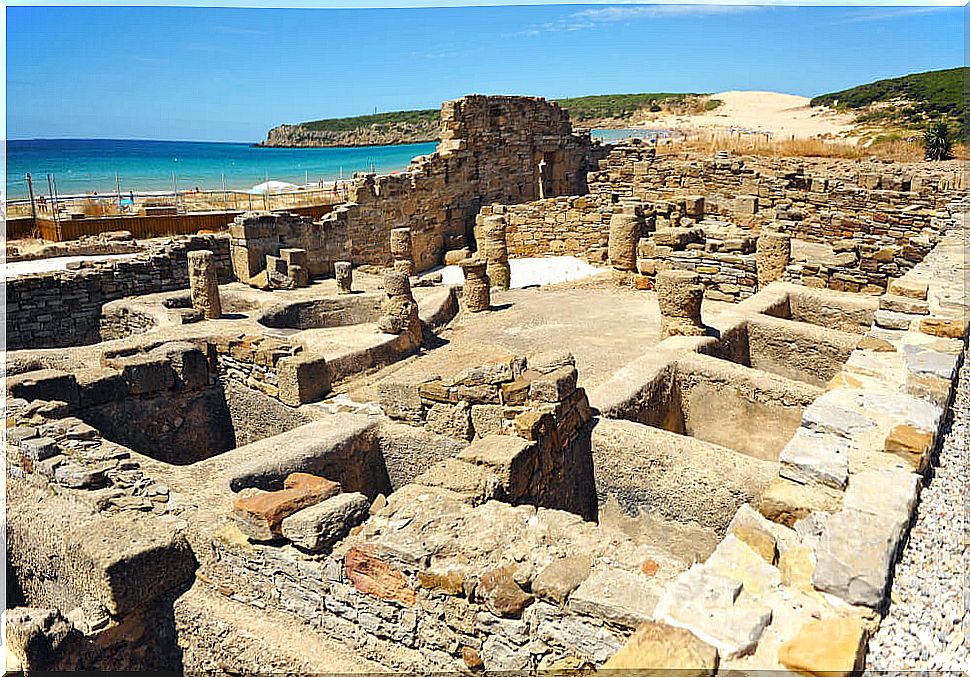
In addition, on the beaches of these towns we can still see architectural remains that served, above all, to defend the traps. It is worth mentioning the Castilnovo tower in Conil de la Frontera. This was part of a defensive team promoted by Don Alonso Pérez de Guzmán, also called Guzmán el Bueno.
This tower had a double purpose: to prevent the attacks of the Muslims and to protect the tuna trap that was next to it. And it was fenced in to accommodate trap workers and merchants, so it had some houses and storage and storage spaces.
And of course, we must also highlight the Roman city of Baelo-Claudia, located in Tarifa. A very important city in its time due to its activity linked to fishing and the technique of canning and salting. The famous garum was produced here , a fish sauce that was highly appreciated at the time. Its ruins by the sea are a must if you go to the area.
